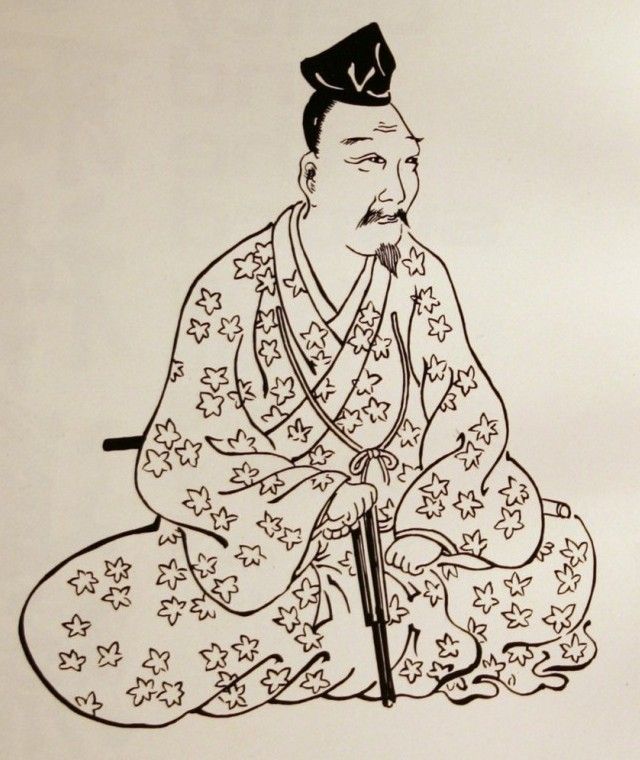

Samurai. The word brings up an image of the Japanese warrior, their culture and the martial arts of Japan. The Samurai to this day carry a reputation of indomitable warriors and the weapons they used, particularly the sword, are a source of interest if not outright fascination. How did the Samurai train to become the warriors they were with a reputation that has carried on through centuries?
Tenshinshō-den Katori Shintō-ryū was founded by Iizasa Choisai Ienaō during the mid Muromachi era (1336-1573) in the Katori region of Shimōsa province (present-day Katori city, Chiba prefecture), and is the source from which many Japanese martial arts have evolved.
Iizasa Choisai Ienao (Choisai-sensei), at approximately sixty years of age, undertook a retreat of a thousand days at Katori Jingu (Katori Shrine). This retreat consisted of purification, prayer and austere training devoted to Futusnushi-no-Kami, the Deity of Katori Jingu. It is said that the Deity then presented him with a divine scroll on the warrior and military arts. Since the art was received through divine transmission, Choisai-sensei named it “Tenshinshō-den” (direct and authentic transmission from the deities) Katori Shintō-ryū. The tradition has been handed down to the present day.

Marishiten-Kai's practice of Katori Shintō-ryū follows the teachings passed down from Yamaguchi Kumajiro Shihan and Hayashi Sakuichirō Shihan to Hayashi Yazaemon Shihan, who was then succeeded by Ōtake Risuke Shihan (Shinbukan Dōjō founder).
In 1960, through the efforts of Hayashi Yazaemon Shihan and Ōtake Risuke Shihan, Katori Shintō-ryu was awarded the status of Intangible Cultural Asset of Chiba Prefecture by the Chiba Prefecture Office of Education, Department for the Promotion of Education, Section for Cultural Assets (千葉県教育庁教育振興部文化財課). The tradition was the first martial art in Japan to be designated as a cultural asset.
Today the ryu (lineage or tradition) maintains an extensive syllabus of martial training which includes Kenjutsu (swordsmanship), Iaijutsu (sword drawing), Bōjutsu (staff techniques), Naginatajutsu (halberd techniques), Sōjutsu (spear techniques), Shurikenjutsu (throwing spikes), and Yawara or Jūjutsu (unarmed combat). The school also includes strategic studies such as Chikujōjutsu (fortifications), Gunbaihō (troop movement and positioning), Noroshi (smoke signaling), and Ninjutsu (espionage). Further studies include the interplay of Yin and Yang, Tenmon Chiri Fusui (astrology and topography), philosophy, and character development.
The art is preserved and transmitted both domestically and internationally as a classical Japanese warrior tradition unique to the Katori region of Japan.